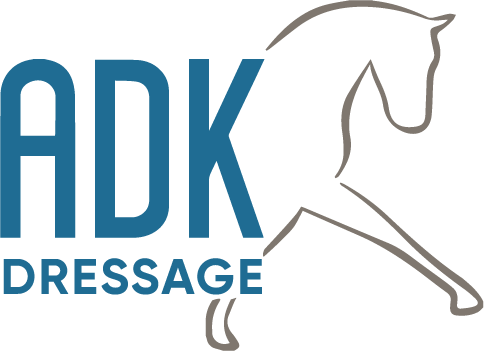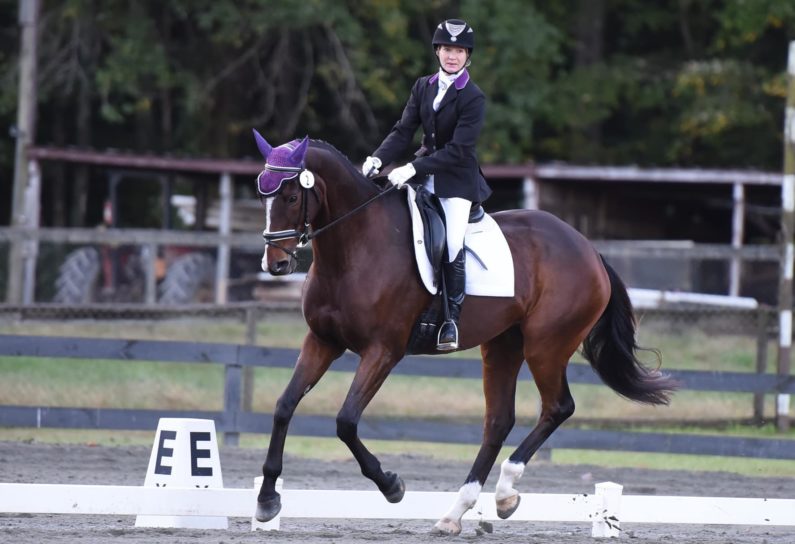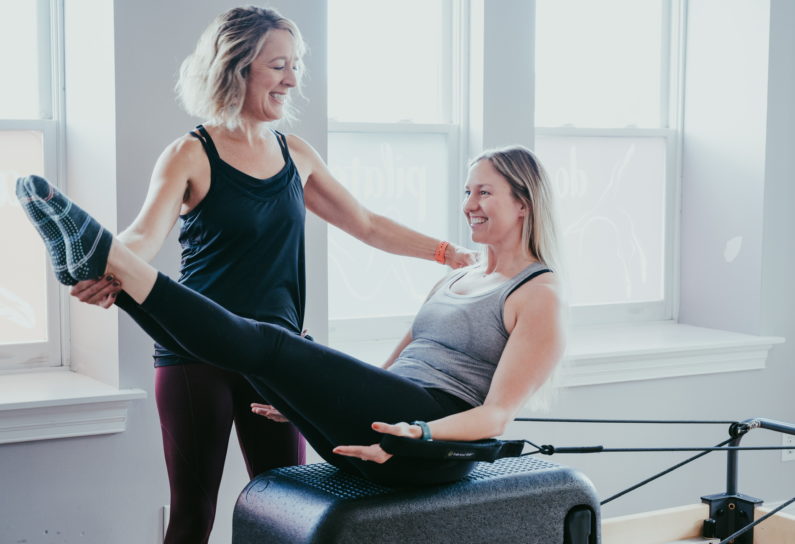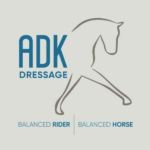Why Dressage + Pilates?
Pilates helps create:
Strength
Flexibility and suppleness
Coordination and balance
Stamina and energy
Straightness and alignment
Body control and self carriage
Sound familiar? This is exactly what we want in our horses! If we expect all of the above of our horses, how much more should we expect this of ourselves as well? Any rider can become stronger by incorporating Pilates into their training.
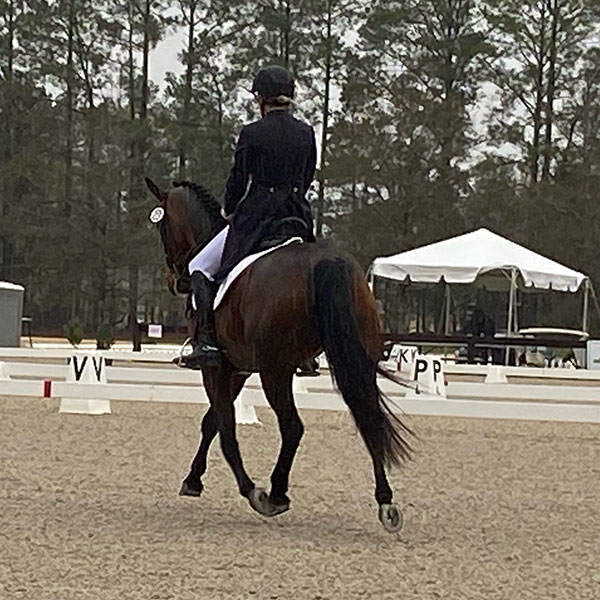
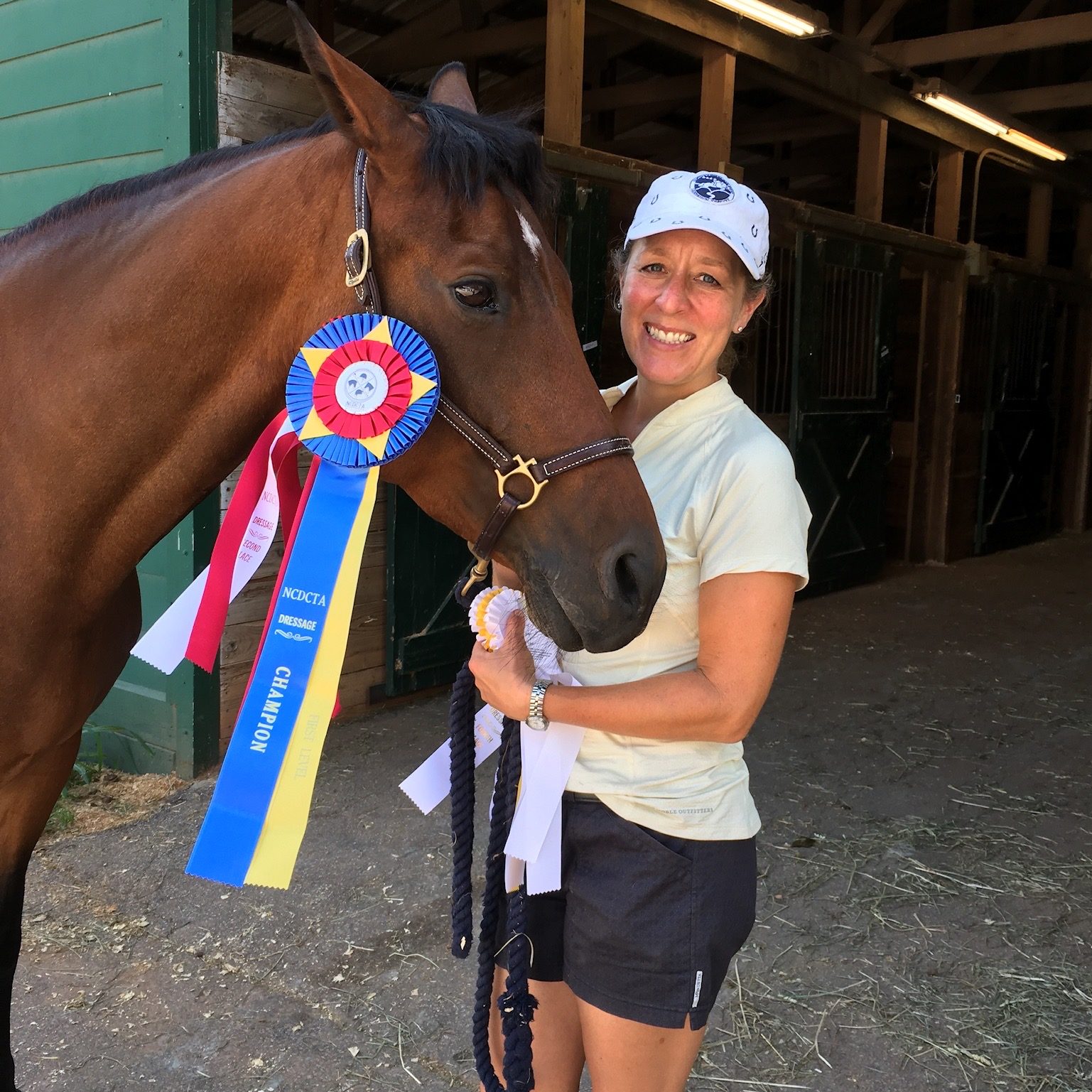
After a lifetime of training and competing in equestrian sports, Anne DeKeyser — a USDF Bronze Medalist — started ADK Dressage, focusing on basic principles and the training scale of the horse.
After a riding injury, Anne was introduced to Pilates by a Physical Therapist and she quickly realized how Dressage training of the horse is similar to pilates training of the human. She became a certified Pilates instructor in 2016 through Balanced Body, with a focus of working with equestrians on and off the horse, helping students become more balanced with their equine partners.
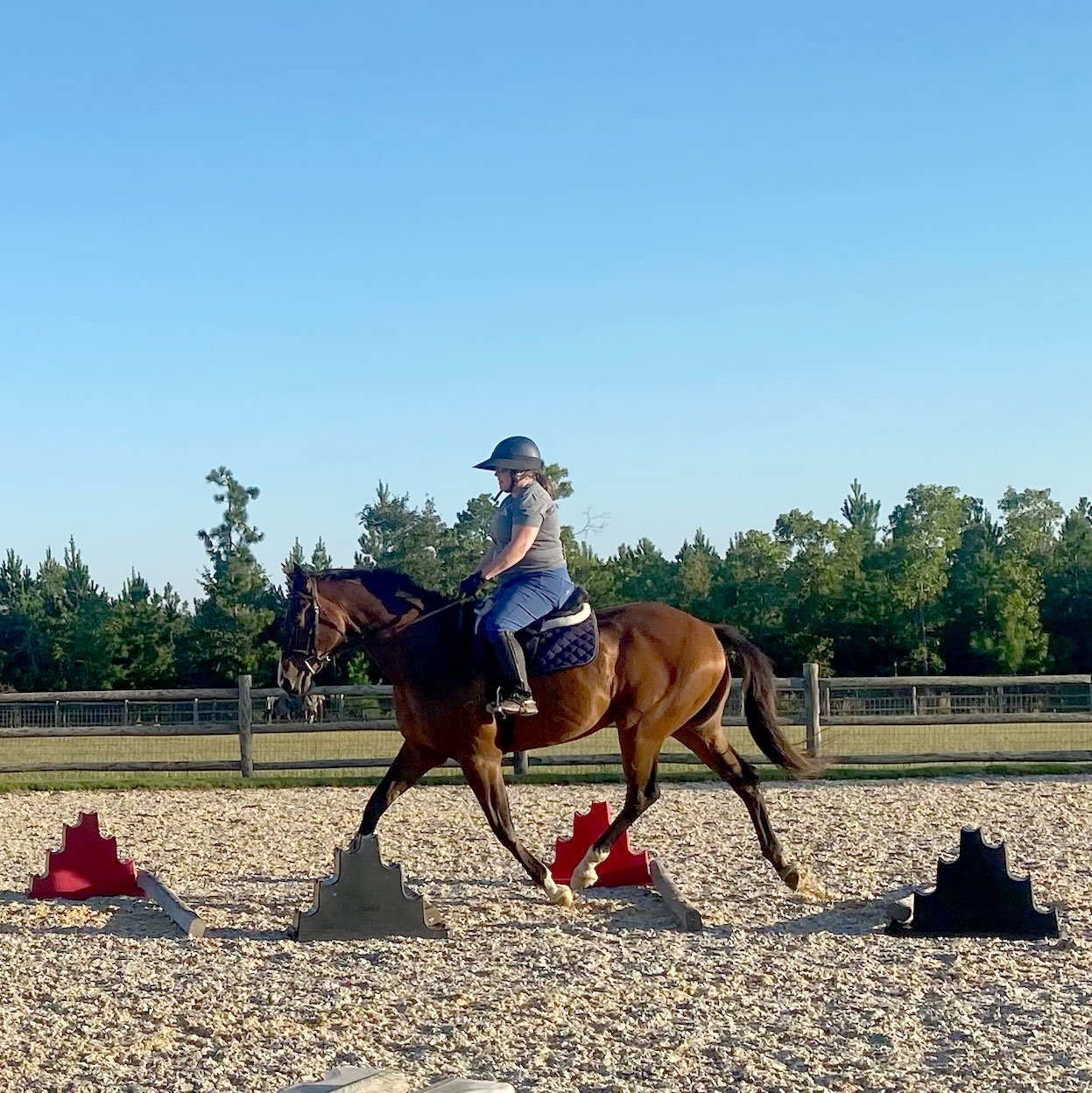
Student Spotlight: Kristyn Close
I am a middle-aged adult amateur hunter rider that began riding in middle school. I began taking Dressage lessons with Anne in the fall of 2021. She introduced me to Pilates shortly thereafter. Dressage lessons with Anne have changed my horse’s topline, way of going and ability to do his job in a way to preserves soundness.
Pilates improves body awareness such as how slight changes in the position of your pelvis can dramatically influence your horse’s way of going. Pilates also builds core strength to make the rider stronger and suppler. As horses mirrors the rider, the horse also becomes stronger and suppler with more subtle and precise cues. Hunters often get away with the horse being flat and not lifting their back and stepping their hind leg underneath.
Through Dressage, we have taught my gelding how to use his body correctly which helps protect his back against issues such as kissing spine. A horse with a comfortable back can carry themselves in a better way biomechanically that in turn reduces the impact on their limbs.
